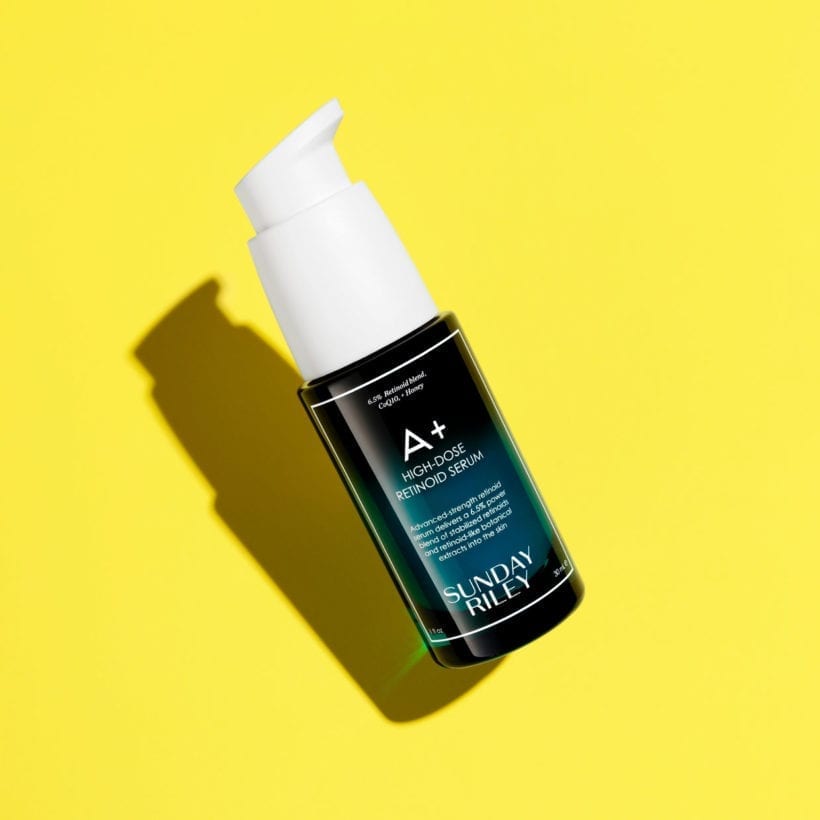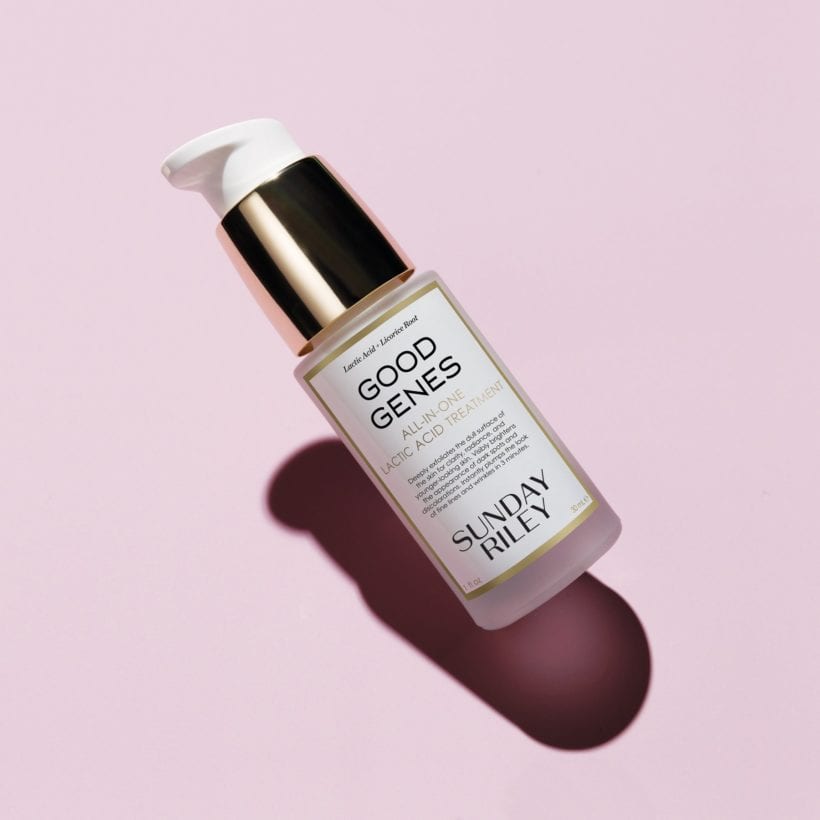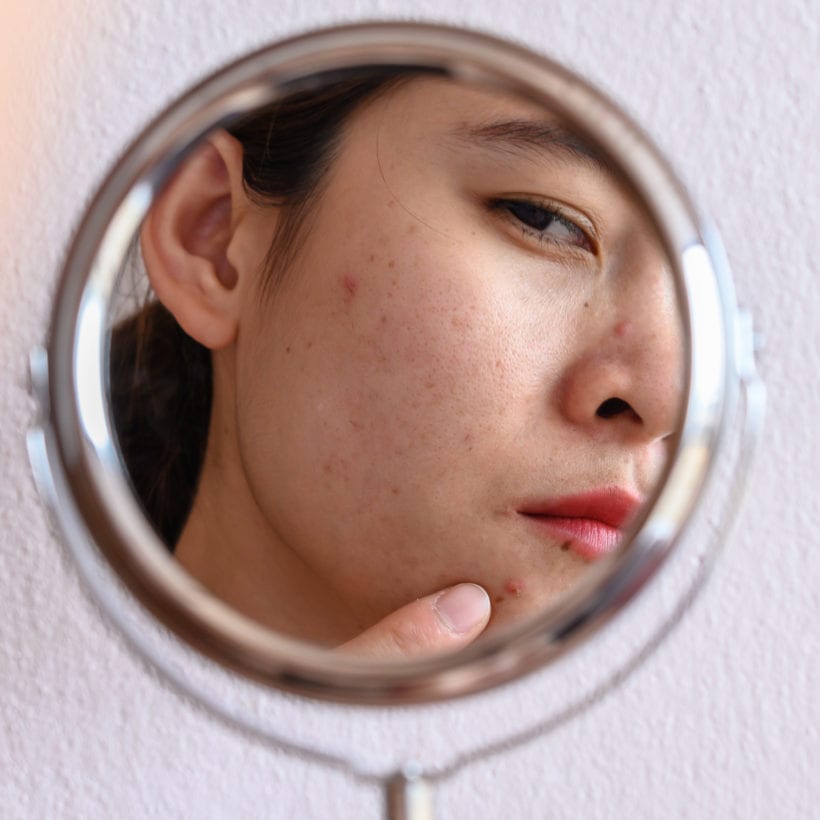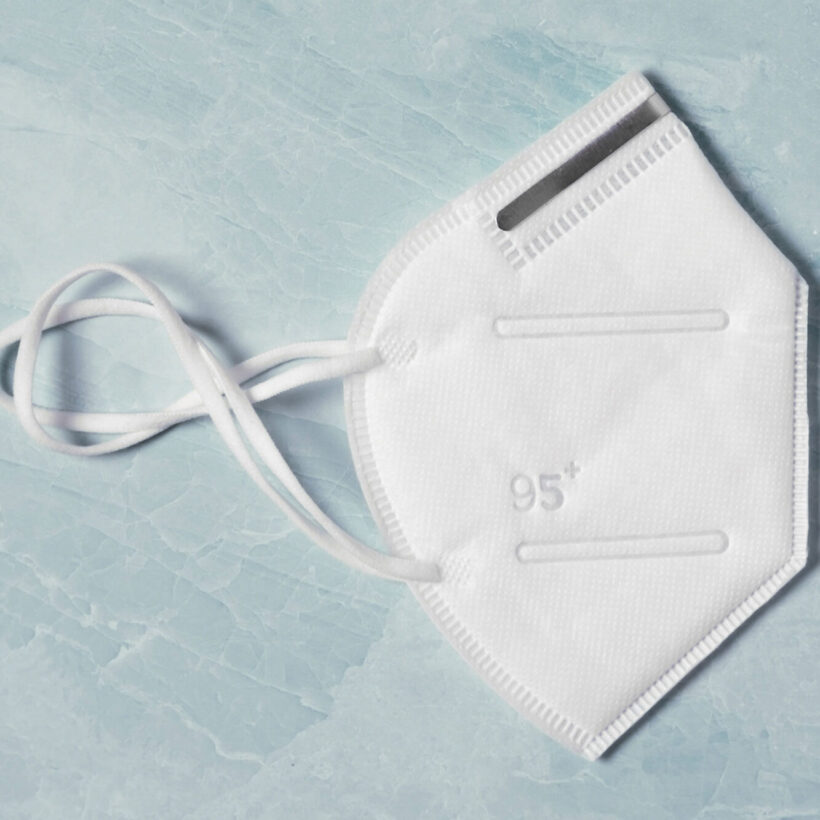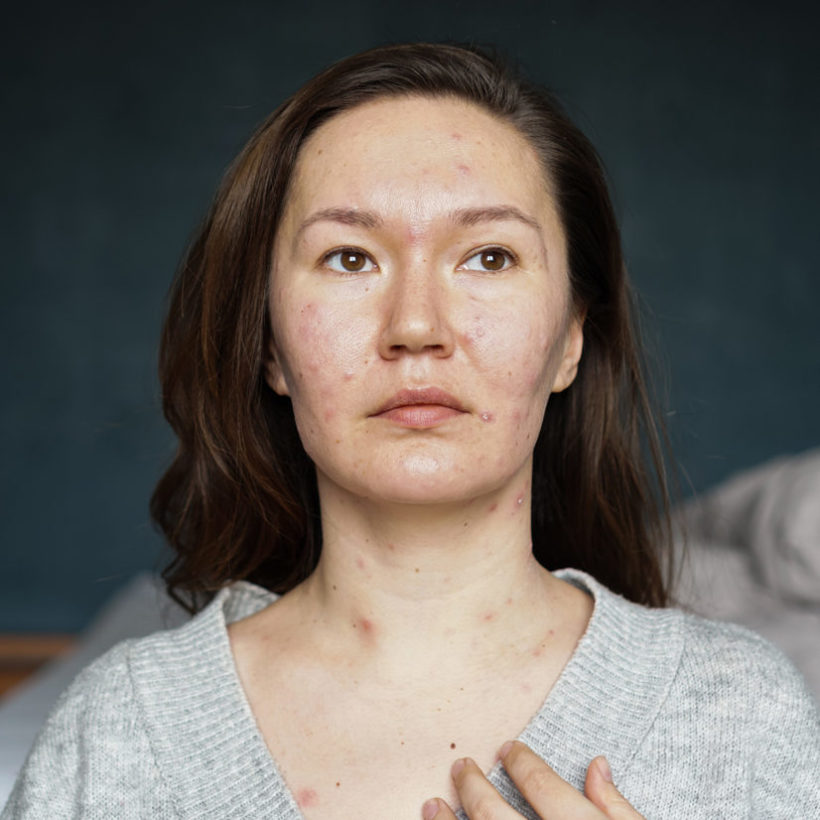Pimples — for the most part — come and go but when acne turns into acne scars, it can quickly morph from an inconvenience to an annoyance. “The most important way to prevent acne scarring is early, aggressive treatment of acne,” says Brian Hibler, M.D. “Acne scars typically result from inflammation in the dermis which can be caused by deep, cystic acne nodules or from popping or squeezing acne.” Though popping can be satisfying (as much as the pros advise us against it!), “it dramatically increases the likelihood of leaving behind a permanent scar” by triggering an inflammatory response, Dr. Hibler explains.
If you develop an acne scar, it doesn’t necessarily mean you did something wrong. Unfortunately, scars can also form even when you do everything “right”—i.e. you don’t pop or pick, and religiously apply a topical acne treatment from the first sign of a pimple. “Acne can scar from deep, cystic lesions that occur under the skin, even without patients popping or squeezing them,” says Dr. Hibler. Genetics also play a role: Some people are more prone to cystic acne, Dr. Hibler explains, where others get more superficial blemishes that are less likely to scar.
Luckily, many types of acne scars can be treated with a visit to the dermatologist, topical solutions, or time. Here are the most common types of acne scars and what to do about them.

Meet the Experts
Brian Hibler, M.D. is a board-certified dermatologist at Schweiger Dermatology Group in New York City.
Sejal Shah, M.D. is a board-certified dermatologist and founder of SmarterSkin Dermatology in New York.
Common Acne Scar #1: Atrophic acne scars
The most commonly occurring acne scars are depressions in the skin — colloquially called “pockmarks” and scientifically called “atrophic scars.”
These scars are “textural alterations” that can be subclassified into three distinct types of divots: icepick, boxcar, and rolling. “Icepick scars are narrow, deep, pitted scars, while boxcar and rolling scars tend to be broader, depressed scars with rigid or sloping edges, respectively,” explains Dr. Hibler.
Unfortunately, there’s not much you can do for these scars at home (aside from prevention). But derms do have an arsenal of in-office treatment options. “The best treatment for atrophic acne scarring is using fractional non-ablative lasers, such as the Fraxel Restore,” says Dr. Hibler. “These lasers use light to heat up the collagen under the skin to lift and tighten the skin and reduce the appearance of scars.” For the most severe atrophic scars, dermatologists use fractional ablative lasers, such as a CO2 or erbium laser, “which vaporizes small channels into the skin leading to contraction and new collagen formation to tighten the skin,” Dr. Hibler explains.
Fillers are also an option for deep atrophic scars, although most fillers are temporary and require repeat treatments. “Laser treatments tend to give more permanent results,” Dr. Hibler says.
If lasers are out of your comfort zone or budge, another option is for a dermatologist to reduce the appearance of the scar by using “a small needle to mechanically break up the fibrous band under the scar,” in a procedure called a subcision. “This allows the skin to spring back into place, reducing the appearance of depressed scars,” Dr. Hibler explains.

Common Acne Scar #2: Hypertrophic acne scars
Slightly less common than their depressed cousins are hypertrophic (or raised) acne scars. While atrophic acne scars typically appear on the face, hypertrophic scars are more commonly the result of body acne, found on the chest and back, says Dr. Hibler.
These scars are the hardest acne scars to treat. This is why if you’re prone to them “it is important to treat acne aggressively with the input of a dermatologist to come up with a comprehensive regimen and prevent acne formation,” says Dr. Hibler.
The most effective way to treat these stubborn scars is with corticosteroid injections administered by a dermatologist, which can flatten and soften the scar tissue. Pulsed laser treatments can also help in reducing redness commonly associated with hypertrophic scars.
Hypertrophic scars are sometimes confused with keloids — a similar but much harder to treat a raised scar. “Keloids are an aberrant response to trauma in the skin,” explains Dr. Hibler. It can appear months or even years after the initial injury and tend to be larger than the original wound. If you find yourself with a scar the size of a nickel a few months after a nasty cystic acne pimple, it’s probably a keloid.
The most frustrating thing about keloids is that they tend to respond to treatment — most often via “fractional ablative lasers in combination with topical or intralesional steroids” — by growing even bigger or reoccurring, says Dr. Hibler. They are also more likely to turn into cancer.
“Keloids are often genetic,” says Sejal Shah, M.D. “They are challenging to treat. There is always a risk that certain treatments can make the keloid worse or keloid will recur after treatment and the recurrence will be worse,” she explains. If you’re prone to these types of scars or think you might have one, talk to your dermatologist about all the options to make a strategic treatment plan.

Common Acne Scar #3: Post-inflammatory hyperpigmentation
“Lastly, acne can leave behind stubborn red or brown marks on the skin known as post-inflammatory hyperpigmentation,” says Dr. Hibler. Many people refer to these as scars, though they’re technically not. “Hyperpigmentation isn’t a true scar as the collagen is typically not altered and there is no fibrous tissue,” explains Dr. Shah. “There is increased pigment deposition due to prior inflammation in the area but the skin texture is otherwise normal.”
Post-inflammatory pigmentation is the easiest type of acne “scar” to treat. At home, stock your skincare routine with plenty of sunscreen via Sunday Riley Light Hearted Broad Spectrum SPF 30 Sunscreen to protect your scars from further discoloring and brightening agents such as retinoids (like in Sunday Riley A+ High-Dose Retinoid Serum), kojic acid, arbutin, and an illuminating vitamin C-based moisturizer like Sunday Riley C.E.O. Afterglow Brightening Vitamin C Gel Cream. Exfoliation is also important for treating hyperpigmentation as it safely breaks up the pigment in acne scars to encourage them to fade. Look for products containing lactic acid (like in Sunday Riley Good Genes Lactic Acid Treatment) that also provide an instant glow and radiance while reducing the appearance of dark spots.
If at-home treatments aren’t cutting it, talk to your dermatologist about chemical peels, which are more powerful in-office exfoliation treatments that show results more quickly.
We only recommend products we have independently researched, tested, and loved. If you purchase a product found through our links, Sunday Edit may earn an affiliate commission.

